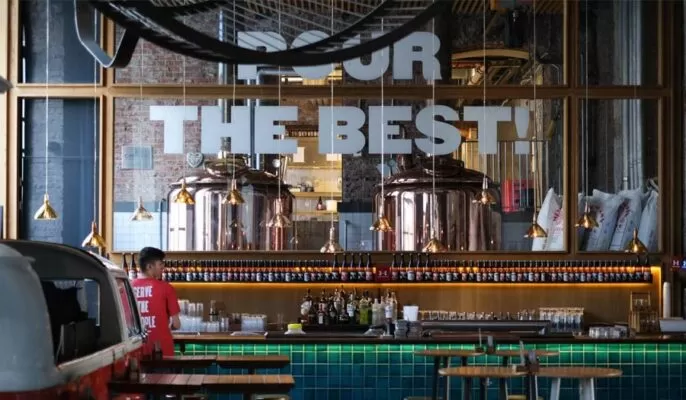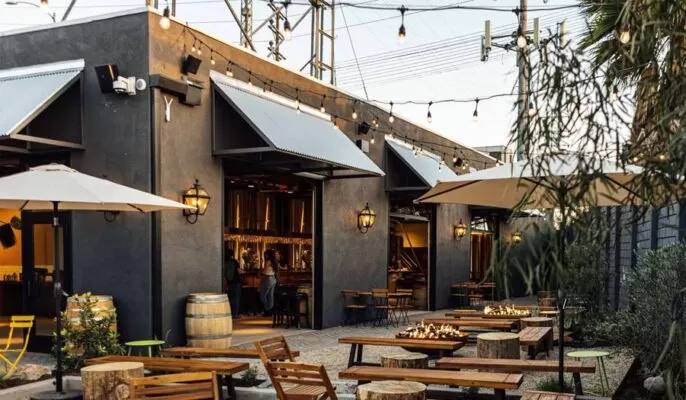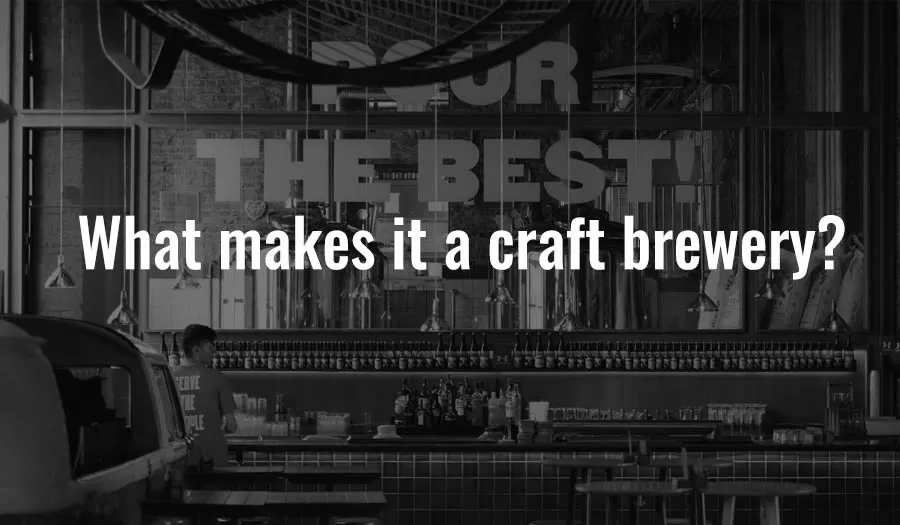When we go to a bar or restaurant with a brewery, we may not realize a lot is going on behind the scenes. A craft brewery is a small business that is majority-owned and operated by itself. Once annual production exceeds 6 million barrels, it can compete with big-name brands. We’re not shy about expressing our passion for craft beer. We love exploring everything from the differences between IPAs and brown ales to the definitions of hops and alcohol. Let’s put that aside for a moment and ask: what exactly is craft beer? What about a craft brewery? How do we define craft beer? I am often confused by these, let’s find out together today.
The rise of craft beer
We’re not sure who coined the phrase, but the Brewers Association made it their own by defining it . We love the Beer Guild. They have done a lot for good American beer. It’s a good term because it’s not restricted by law and we all know what it is, or at least what it’s not. It seems generic but describes the type of beer we like; a craft beer, rather than a manufactured beer.
The mission of the Brewers Association is to “promote and protect small, independent American brewers, their craft beers, and the community of brewing enthusiasts.” To do this, craft beer must be defined. Likewise, craft breweries are “small, independent and traditional,” according to the website.

What is a craft brewery?
Small scale
Annual production does not exceed 6 million barrels of beer (approximately 3% of annual U.S. sales). Under the rules of alternating ownership, beer production is vested in the brewery.
Independent
Less than 25% of craft breweries are owned or controlled (or have an equal financial interest) by members of the beverage alcohol industry who are not themselves craft beer manufacturers.
Brewer
Owns TTB Brewery Notice and produces beer.
Types of craft beer
The Brewers Association has also identified four distinct categories: brewpubs, microbreweries, regional craft breweries and contract brewing companies.
- Brewpub: A restaurant brewery with 25% or more of its beer sold on-site.
- Small brewery: Produces less than 15,000 barrels of beer per year, with 75% or more of the beer sold off-site.
- Regional Craft Brewery: Independent regional brewery with a majority of production of traditional or innovative beers.
- Contract Company: A business that hires other breweries to produce beer.
Which came first, craft beer or craft breweries?
A good place to start is with the specific definition of a craft brewery. The Brewers Association is our industry’s leading trade group, emphasizing production and ownership. You have to be small: you can’t produce more than 6 million barrels of beer per year (one barrel = 31 US gallons); and you have to be independent. No more than 25% of a craft brewery may be owned by someone other than a craft brewer (such as a private equity firm).
Direct differences between brewery types
What is a microbrewery?
A microbrewery is a brewery that produces 15,000 barrels of beer per year or less. They must also sell 75 percent or more of their beer off-site, although some small breweries have small tasting rooms or bars for visiting consumers.
What is a home brew bar?
A brewpub is a hybrid between a restaurant and a brewery. The company sells at least 25% of its beer on-site and also provides significant catering services. In a brewpub, beer is brewed and sold in a restaurant or bar. Where permitted by law, brewpubs may sell beer or distribute it to some off-site destinations.
What is a taproom?
A brewery is like a brewpub in that 25% or more of the beer is sold on-site. The main difference is that there is little, if any, food service. In a bar, the experience is the beer itself. Like brewpubs, taprooms can sell beer to-go and distribute it off-site.
What is a regional brewery?
Regional breweries fall into one of the broader categories. According to the Brewers Association, area breweries produce 15,000 to 6,000,000 barrels of beer .

What is the difference between craft beer and regular beer?
Regular beer refers to beer produced by “big breweries” (read: big breweries) whose volumes dwarf craft breweries, and which are often traded or not owned. Craft beer happens to still be the most popular. We all know those familiar light beers available in every grocery store, usually with lower alcohol content. They’re affordable, simple, and easy to drink.
Benefits of a small brewery
Microbreweries produce beer on a smaller scale, and this smaller volume creates a distinct advantage in the quality and variety of beverages. These breweries also help the surrounding communities.
- Variety of flavors: When brewers brew small quantities of beer, they have room to focus on flavor and refine the brewing process to create the best combination. They can also try new flavors in small quantities to gain more variety as the seasons change.
- Premium ingredients: Rather than focusing on mass-produced products, small breweries often select high-quality ingredients that may even provide health benefits like antioxidants. This quality is most prevalent in craft microbreweries.
- High alcohol content: Mass-produced beers tend to have a higher water content, making the alcohol content low. Small breweries avoid these shortcuts and achieve high alcohol content.
- Environmental Protection: Many small breweries also focus on environmental stewardship through water conservation and other sustainable practices.
Craft breweries encourage beer lovers to take part in the craft. Competing with big breweries may seem difficult, but craft breweries are showing that bigger isn’t always better. Beer lovers may be encouraged by microbreweries and start brewing their own unique beverages, resulting in a more diverse industry with exciting flavor combinations.




